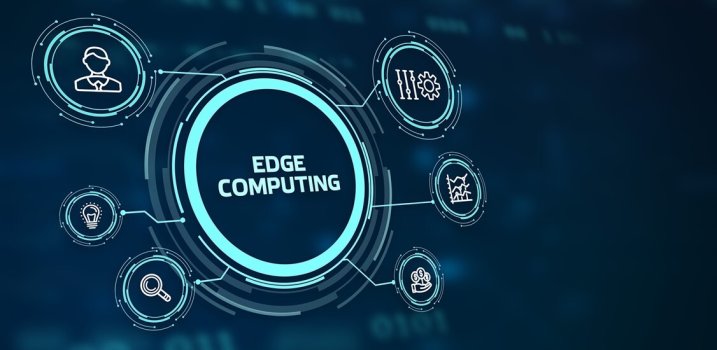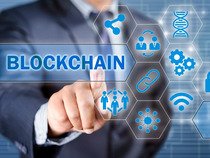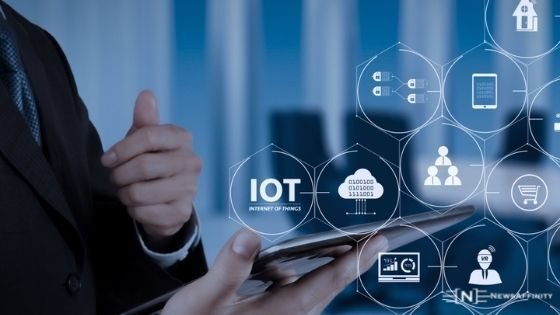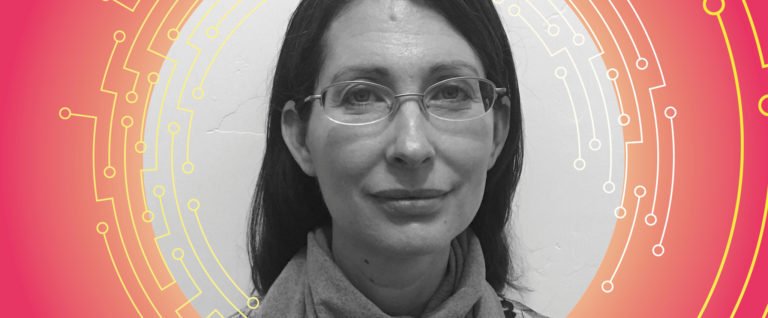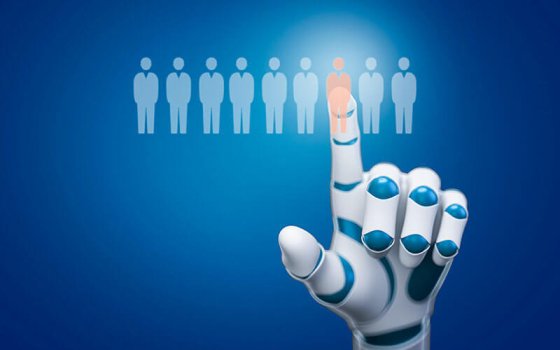Edge Computing in 2022: Predictions and Analysis
- Technology Solutions
- 0 Replies
Edge Computing, the discipline of getting actionable data and information as close to the source of their availability as possible, is no longer simply a talking point for massive industries. The quickly evolving landscape of information itself has dictated that edge computing become a necessity for most business’ digital infrastructure in the foreseeable future. Let’s examine some of the remarkable steps, directions, and pressing concerns likely to be faced in 2022 when it comes to the edge.
#1: THE DIRECTION OF EDGE, SIMPLY PUT, IS MORE
Organizations within the digital business arena have significantly more considerations as each year passes. The growth in the sheer amount of usable data has been so utterly fast-tracked by the ubiquity of smart devices that the ceiling on volume doesn’t even appear to exist.
With this massive amount of data, there is a greater strain on the traditional model of doing digital business and its processes. For example, processes such as streaming information to the cloud and/or data processing centers becomes difficult when there are large amounts to stream (though I doubt neither the cloud nor data processing centers will ever become a thing of the past). The advantages of computing as closely as possible to the original source - without the proverbial middleman of cloud computing and data processing – makes edge a vital implementation for all industries. While edge computing was once considered a necessity for only elite Fortune 100 companies, it is now becoming essential for all companies, both large and small.
How quickly though? Gartner predicts edge computing will grow 75% by 2025. My own prediction would be an increase of 25% or more just in 2022 alone. That jump is linked notably to the new pandemic paradigm shift of employees working from home. That number is also inextricably related to the increase in efficiency due to access to data without third parties.
Like the aforementioned volume of data and its theoretically non-existent ceiling, the room for expansion in edge computing strikes a similar pose; major cities are quickly dubbing and even branding themselves as “smart cities” as they implement hubs and cabinets for real-time information transfer via something as commonplace as a stoplight.
Continue reading: https://www.thefastmode.com/services-and-innovations/22374-edge-computing-in-2022-predictions-and-analysis
#1: THE DIRECTION OF EDGE, SIMPLY PUT, IS MORE
Organizations within the digital business arena have significantly more considerations as each year passes. The growth in the sheer amount of usable data has been so utterly fast-tracked by the ubiquity of smart devices that the ceiling on volume doesn’t even appear to exist.
With this massive amount of data, there is a greater strain on the traditional model of doing digital business and its processes. For example, processes such as streaming information to the cloud and/or data processing centers becomes difficult when there are large amounts to stream (though I doubt neither the cloud nor data processing centers will ever become a thing of the past). The advantages of computing as closely as possible to the original source - without the proverbial middleman of cloud computing and data processing – makes edge a vital implementation for all industries. While edge computing was once considered a necessity for only elite Fortune 100 companies, it is now becoming essential for all companies, both large and small.
How quickly though? Gartner predicts edge computing will grow 75% by 2025. My own prediction would be an increase of 25% or more just in 2022 alone. That jump is linked notably to the new pandemic paradigm shift of employees working from home. That number is also inextricably related to the increase in efficiency due to access to data without third parties.
Like the aforementioned volume of data and its theoretically non-existent ceiling, the room for expansion in edge computing strikes a similar pose; major cities are quickly dubbing and even branding themselves as “smart cities” as they implement hubs and cabinets for real-time information transfer via something as commonplace as a stoplight.
Continue reading: https://www.thefastmode.com/services-and-innovations/22374-edge-computing-in-2022-predictions-and-analysis

